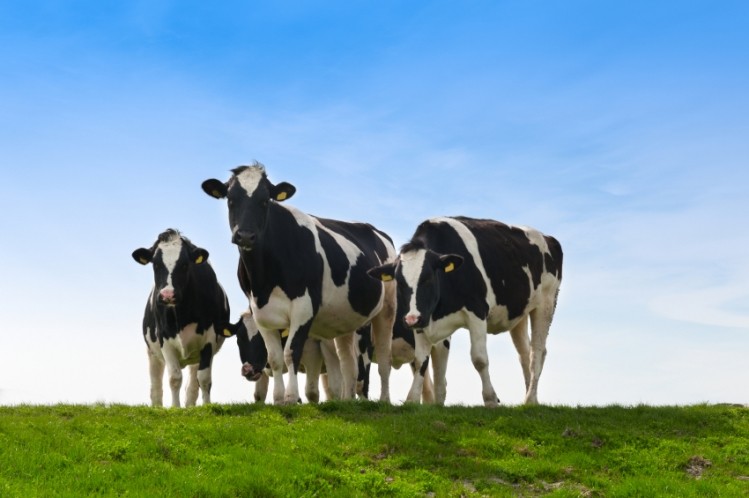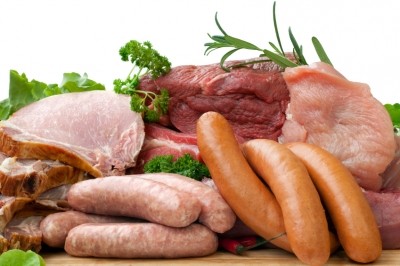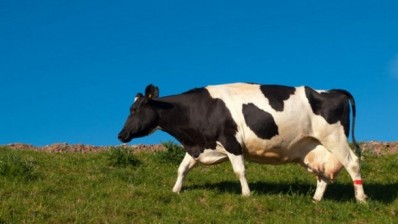Food labels could reduce livestock environmental impacts

With global food demand expected to outpace the availability of water by the year 2050, consumers can make a big difference in reducing the water used in livestock production, according to the new research report published in Food Policy.
Led by Robin White of Washington State University, the team behind the study revealed that the willingness of consumers to pay a little more for meat products labelled to reflect a single, environmentally friendly production practice, such as water conservation, could add up to real change.
They found that by paying 10% more for environmentally labelled meat products, consumers could bring about huge water savings in livestock production. However, such single-focus labels don't yet exist, and labels that are available can be confusing and misleading, the team warned.
Indeed, the study suggested that meat packers, food producers and retailers could play a key role in creating incentives for water-saving livestock production with labels that appeal to consumer values.
"It's important to know that small changes on the consumer side can help, and in fact may be necessary, to achieve big results in a production system," White said.
Study details
"It is difficult to tease out a product's true environmental impact from currently available labels," said White. "Consumers may believe a label represents an environmental, health or animal welfare benefit but it's difficult for them to really know."
White and his colleagues were able to distinguish and compare consumers' willingness to pay for meat products with labels that reflect a single attribute of reducing environmental impact and labels that represent a suite of attributes.
Among the purely environmental labels, they evaluated different price premiums to find the sweet spot – where the lowest premium that consumers found palatable would also cover the costs to the producer of reducing water use.
They also reported that moderate price premiums for all cuts of meat that are acceptable to the average consumer will have a greater impact on water conservation than high premiums for a few niche products.
White added that cow/calf operations represent an opportunity to significantly reduce water use in beef production. Feeding pregnant cows and suckling calves typically requires pasture or rangeland and represents a substantial maintenance cost.
Growing grass more efficiently through strategic irrigation, fertilisation and grazing strategies can significantly improve yield and save water but adds to producer cost, noted the team. However, the price premiums associated with environmental labels can offset those costs.
The livestock industry wants to demonstrate improvements in sustainability, White said. To do so, growers need consumer cooperation and willingness to pay a little more for products produced with a reduced environmental impact.
"This study demonstrated that consumers are willing," White said. "Now we just need to connect the dots to accurately represent a product's environmental impact in a way that is meaningful, understandable and attractive to consumers."
Source: Food Policy
Volume 49, Part 1, December 2014, Pages 41–49, doi: 10.1016/j.foodpol.2014.06.007
“Can consumers’ willingness to pay incentivize adoption of environmental impact reducing technologies in meat animal production?”
Authors: Robin R. White, Michael Brady

























